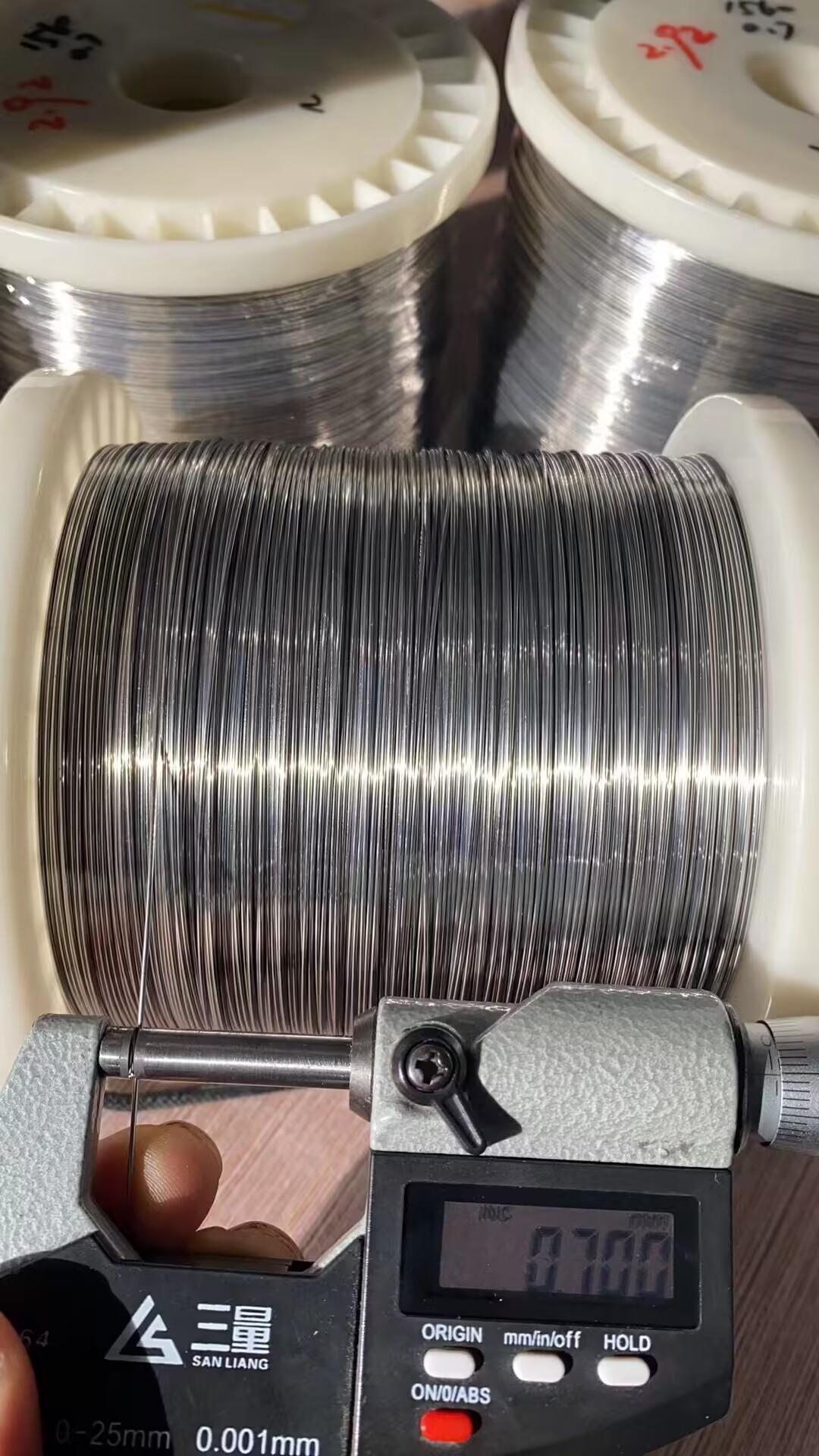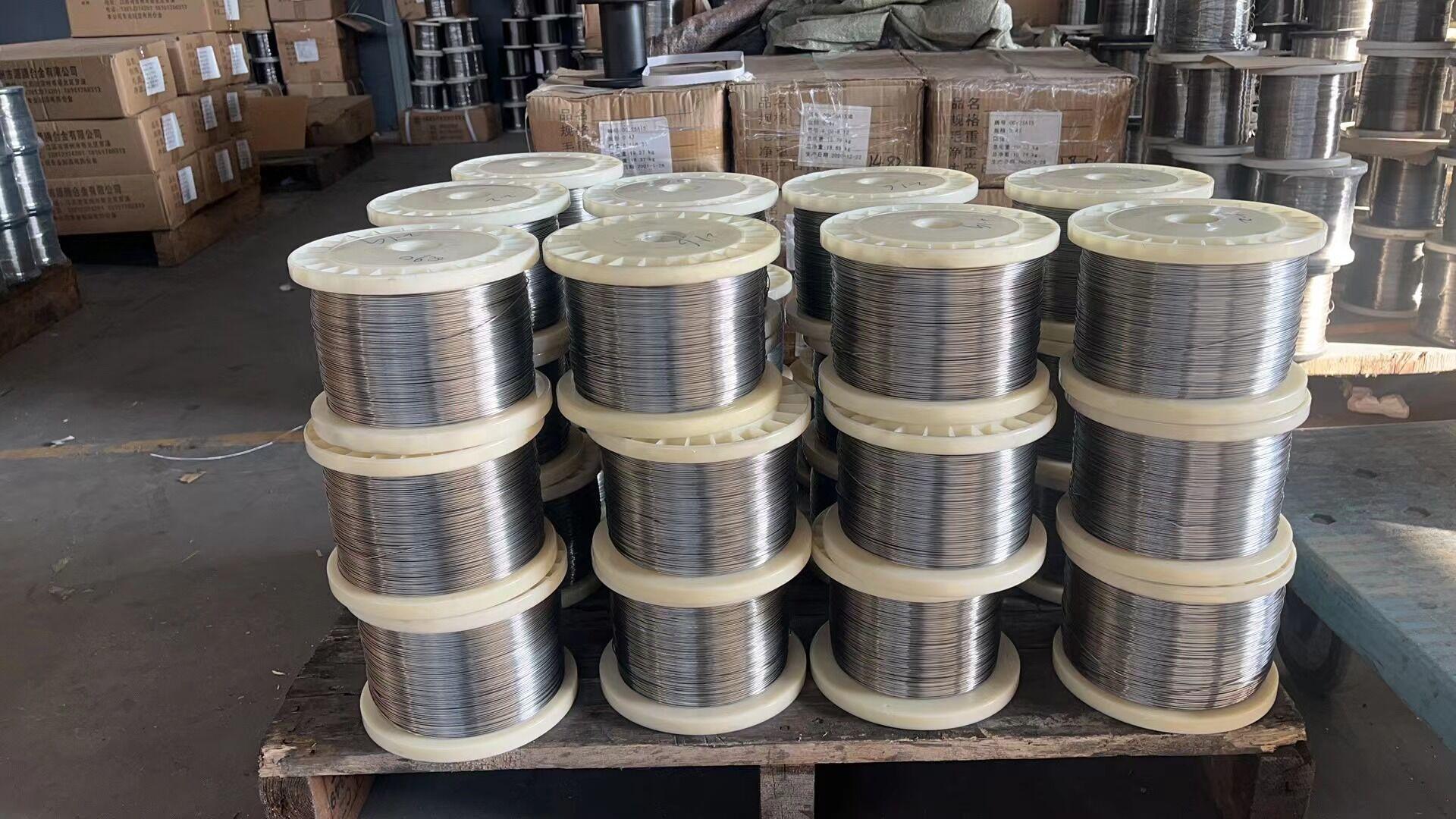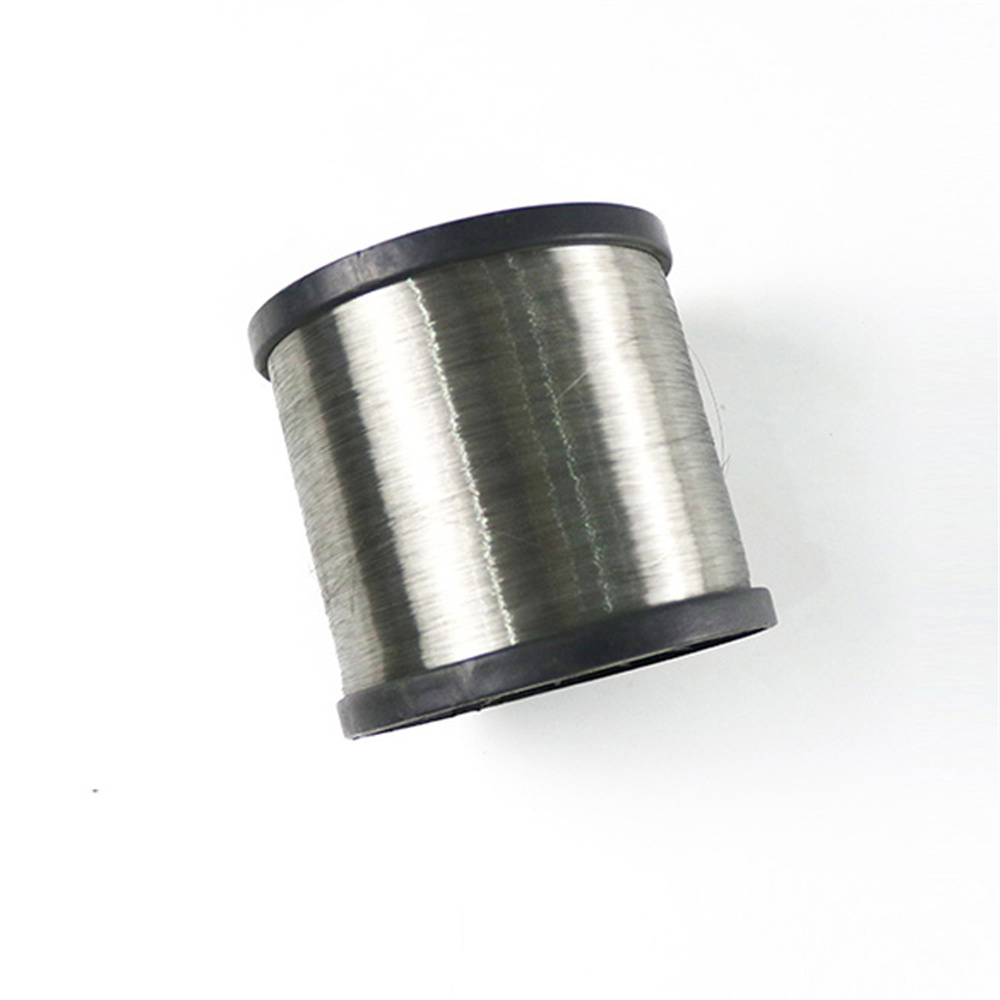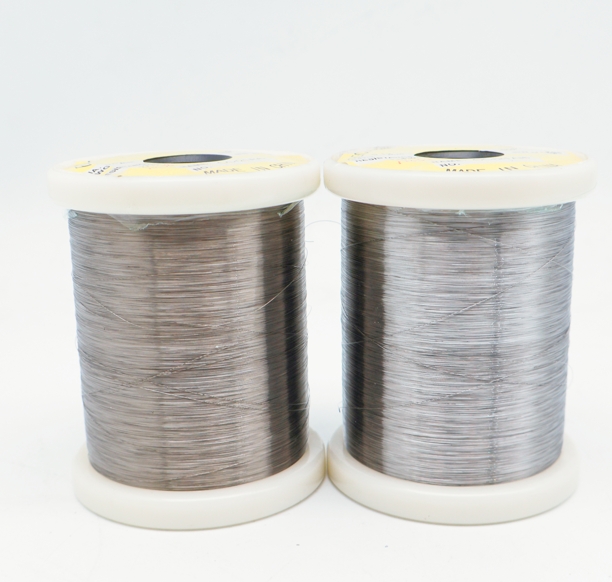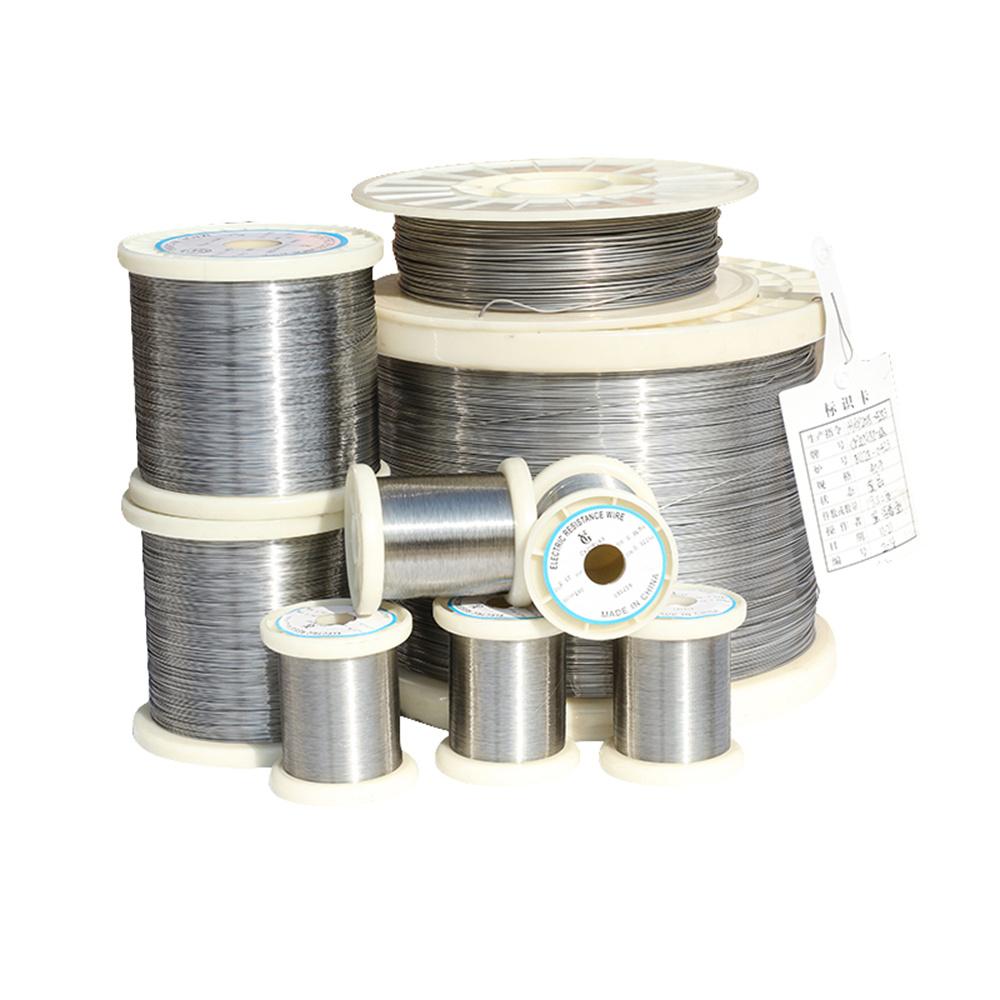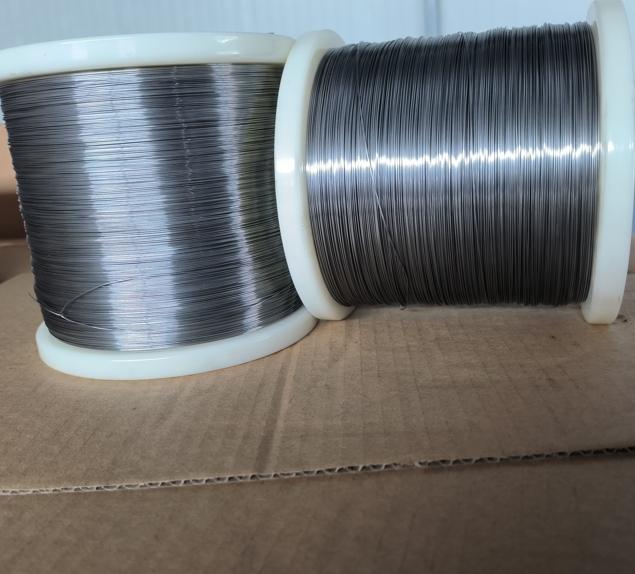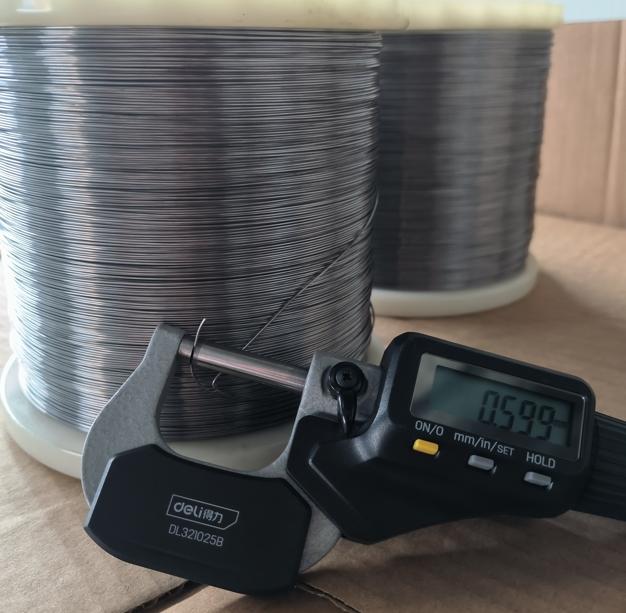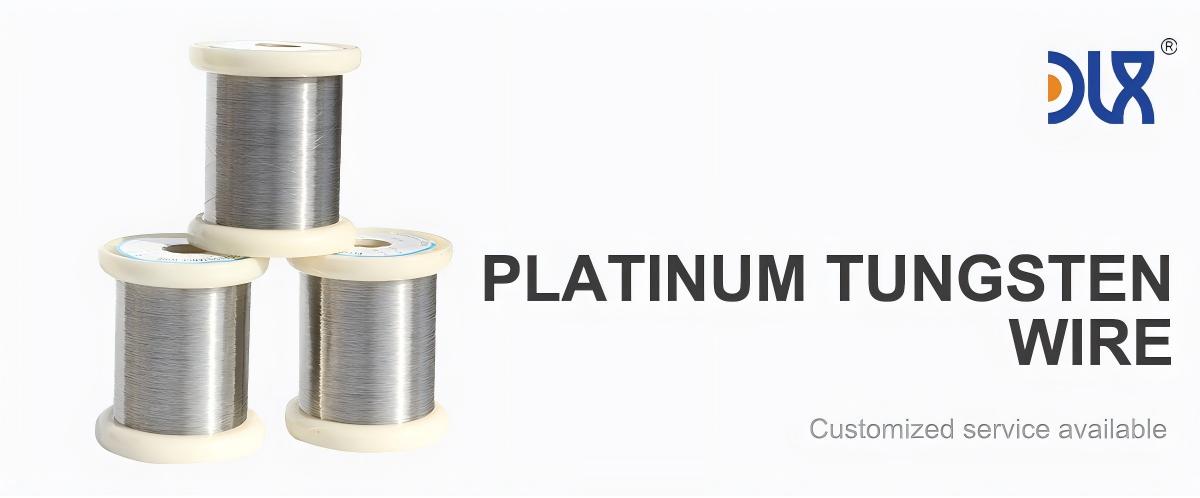
Our ASTM B684 compliant platinum tungsten wire is a top-notch solution for electrical contacts that need to perform under serious pressure. This isn’t your average wire—it’s a high-performance alloy designed to handle the toughest conditions in electrical systems, from high-current circuits to extreme temperatures. With its blend of platinum’s conductivity and tungsten’s durability, our wire is built to last, making it a go-to for industries like automotive, aerospace, and renewable energy. We’re proud to offer a product that meets strict ASTM standards while delivering the reliability and versatility you need for critical applications.
For more details, pls directly contact us.
Let’s dive into what makes our platinum tungsten wire so special. It’s a carefully crafted alloy, typically 90-95% platinum and 5-10% tungsten, meeting the ASTM B684 standard for electrical contact materials. The platinum brings excellent electrical conductivity—around 15-20% IACS—while the tungsten adds hardness and wear resistance, giving it a tensile strength of 50-70 ksi. This combo means our wire can handle high-current arcing without degrading, with a melting point around 1770°C that keeps it stable in hot environments. It’s also corrosion-resistant, shrugging off oxidation, acids, and even harsh industrial atmospheres. Whether it’s cycling through thousands of switches or enduring constant electrical arcs, our platinum tungsten wire stays reliable, making it perfect for demanding electrical contact applications.
Platinum Tungsten Wire: Composition, Parameters, and Applications
| Category | Details |
|---|---|
| Composition | 90-95% Platinum (Pt), 5-10% Tungsten (W), meeting ASTM B684 standards |
| Parameters | |
| - Density (g/cm³) | 19.8-21.0 |
| - Tensile Strength (ksi) | 50-70 |
| - Electrical Conductivity (% IACS) | 15-20 |
| - Melting Point (°C) | ~1770 |
| - Corrosion Resistance | Excellent; resists oxidation, acids, and arc erosion |
| - Wear Resistance | High due to tungsten addition |
| - Temperature Range (°C) | Up to 1770 (stable in high-temperature environments) |
| - Diameter Range | Customizable, from ultra-fine (e.g., 0.01 mm) to thicker gauges (e.g., 1 mm) |
| Applications | |
| - Automotive | Spark plugs, ignition system contacts |
| - Aerospace | Relay contacts, avionics wiring |
| - Industrial | Circuit breakers, motor controls, high-frequency switching devices |
| - Renewable Energy | Solar panel connectors, wind turbine control systems |
| - Medical Devices | Precision contacts in diagnostic and surgical equipment |
| - Electronics | High-frequency circuits, IoT devices, telecommunications |
For more details, pls directly contact us.
Corrosion resistance is a big deal for electrical contacts, and our wire excels here. It resists oxidation and chemical attack, even in humid or acidic conditions, which is critical for long-term performance in circuit breakers or relay contacts. In spark plug applications, it handles the intense heat and arcing without pitting or erosion, extending service life significantly. Lab tests show our wire maintaining performance after 50,000 cycles in high-current environments, outlasting many alternatives. If you’re searching for ASTM B684 compliant platinum tungsten wire for electrical contacts, you’re getting a material that minimizes maintenance and maximizes uptime, whether in automotive ignition systems or industrial control panels.
Now, let’s talk industry trends. The demand for high-performance electrical contact materials is surging, driven by big shifts in technology. The electric vehicle (EV) market is booming, with global sales projected to grow at a 20% CAGR through 2030, and reliable contacts are critical for EV batteries and powertrains. Renewable energy systems, like solar inverters and wind turbine controls, need durable materials to handle high currents and harsh outdoor conditions. The rise of 5G and IoT devices is also pushing demand for low-resistance, high-frequency wires in compact electronics. Plus, industries are leaning toward sustainable solutions, favoring materials like our wire that reduce replacement frequency and waste. Regions like Asia-Pacific, North America, and Europe are leading the charge, with heavy investments in EV infrastructure and smart grid technologies fueling the need for reliable electrical contacts.
When it comes to applications, our platinum tungsten wire is a versatile powerhouse. In automotive, it’s a staple for spark plugs and ignition systems, where its wear resistance and conductivity ensure consistent performance. In aerospace, it’s used in relay contacts and avionics, handling high-altitude conditions and thermal cycling without breaking down. Industrial applications include circuit breakers, motor controls, and high-frequency switching devices, where its low contact resistance shines. We’ve also supplied it for renewable energy systems, like solar panel connectors, and even medical devices, where precision and reliability are non-negotiable. The best part? We can customize the wire to your exact needs—fine diameters for microelectronics, thicker gauges for heavy-duty contacts, or special coatings for enhanced performance.
What sets our company apart is our relentless focus on quality and innovation. We produce our platinum tungsten wire to meet ASTM B684 specs, with every batch rigorously tested for purity, conductivity, and mechanical properties. Our advanced drawing and annealing processes ensure uniform diameter and surface quality, reducing the risk of defects that could cause electrical failures. Compared to standard wires, our product offers superior arc resistance and longevity, thanks to our proprietary alloy blending techniques. We’re also big on sustainability, using recycled platinum where possible to lower our environmental impact without sacrificing performance. Our customers love our flexibility—rapid prototyping, custom spooling, and just-in-time delivery keep your projects on schedule. Our team of materials experts is always ready to provide technical support, whether you’re designing a new EV system or optimizing an industrial control panel.
Comparison Parameters Table
| Parameter | Platinum Tungsten Wire | Pure Platinum Wire | Copper Wire (C11000) |
|---|---|---|---|
| Composition | 90-95% Pt, 5-10% W | 100% Pt | 99.9% Cu |
| Density (g/cm³) | 19.8-21.0 | 21.45 | 8.96 |
| Tensile Strength (ksi) | 50-70 | 18-25 | 30-50 |
| Electrical Conductivity (% IACS) | 15-20 | 16-18 | 100 |
| Corrosion Resistance | Excellent; resists oxidation and acids | Excellent; slightly less durable under arcing | Moderate; prone to oxidation |
| Melting Point (°C) | ~1770 | 1768 | 1085 |
| Wear Resistance | High due to tungsten | Moderate | Low |
| Cost Factor | High due to platinum | Very high | Low |
| Typical Applications | Electrical contacts, spark plugs | Medical devices, sensors | General wiring, conductors |
The advantages of our platinum tungsten wire are hard to beat. Its combination of high conductivity and wear resistance makes it a standout for electrical contacts, often lasting twice as long as copper-based alternatives in high-current tests. The tungsten addition gives it an edge over pure platinum, offering better hardness and arc resistance without sacrificing conductivity. We’ve helped clients cut maintenance costs by 30% by switching to our wire for critical applications like spark plugs. With trends leaning toward electrification and smart technologies, our wire is perfectly positioned to support the future, from EV charging stations to advanced aerospace systems. It’s a material that’s as dependable as it is forward-thinking.
For more details, pls directly contact us.
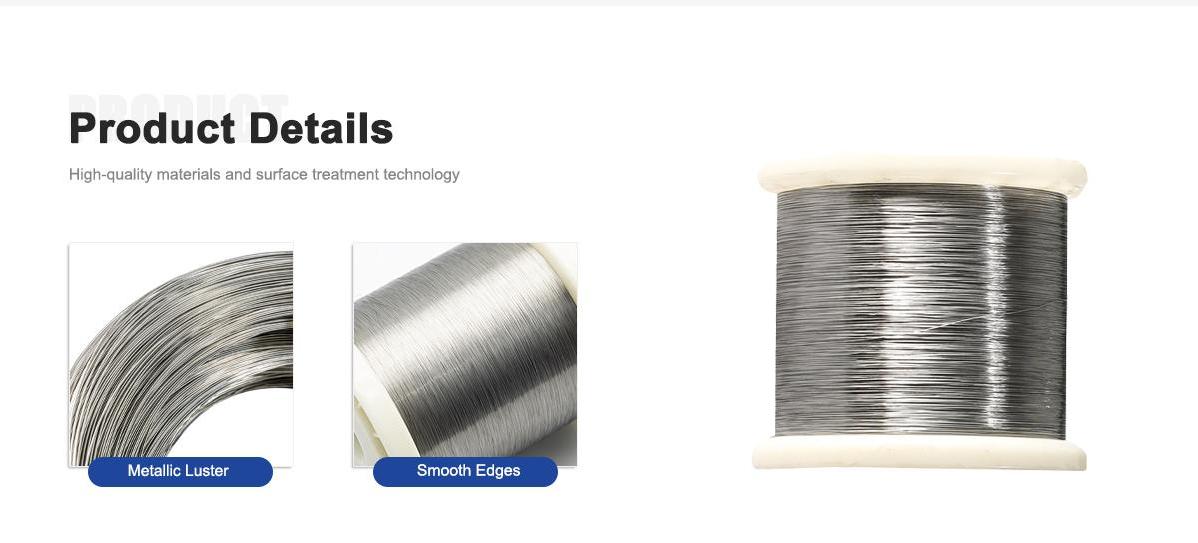
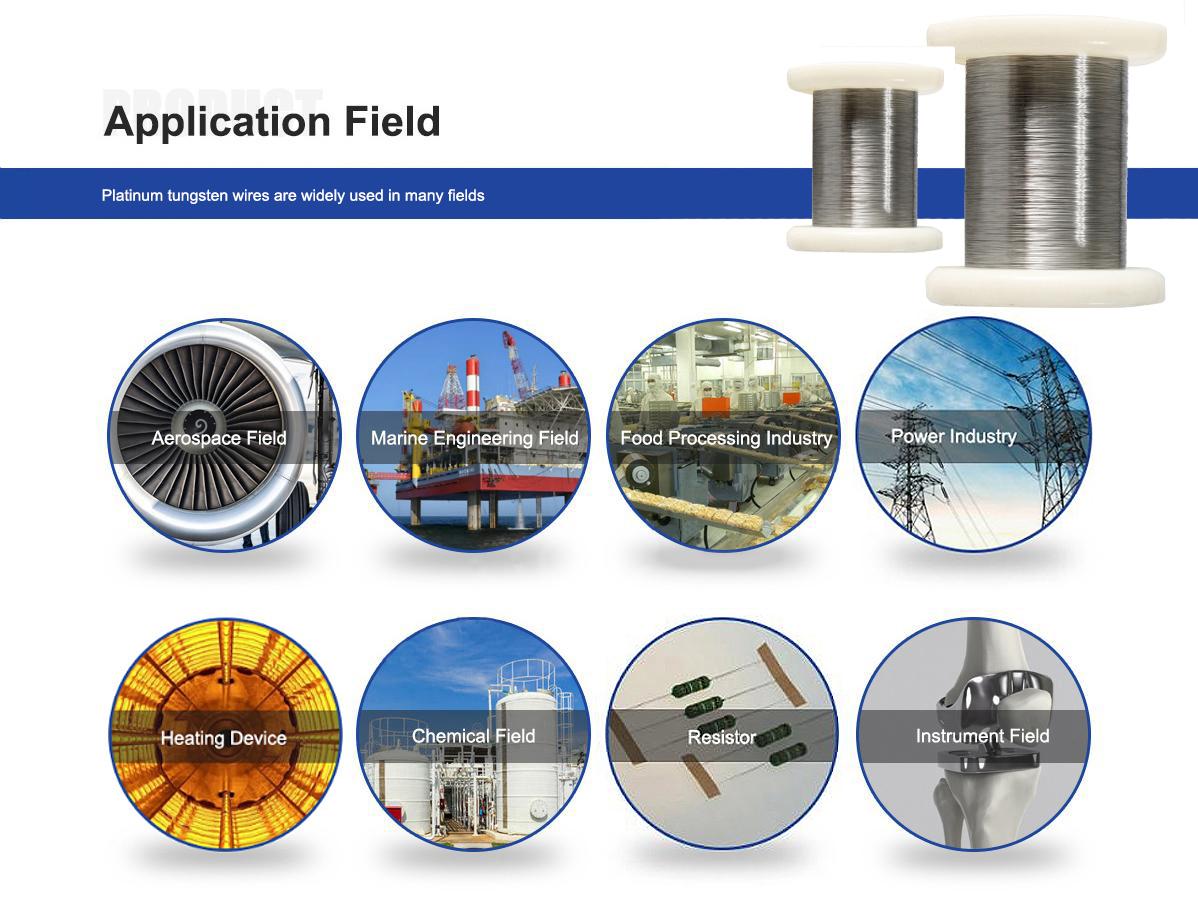
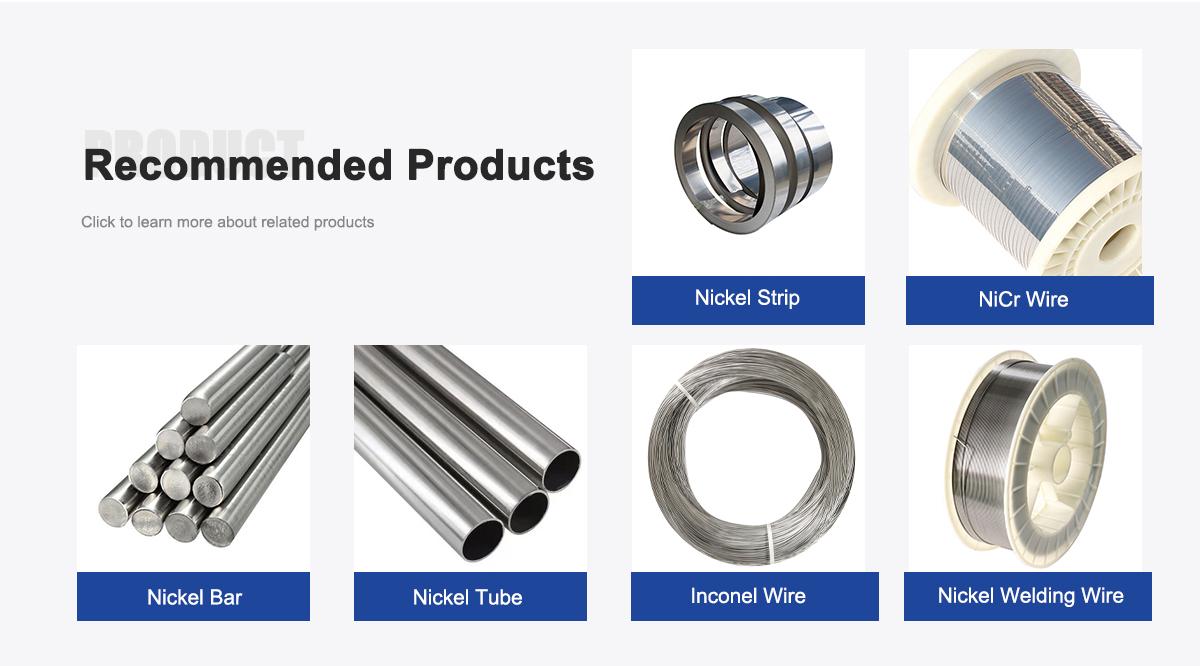
About Us:
Our 12,000㎡ factory is equipped with complete capabilities for research, production, testing, and packaging. We strictly adhere to ISO 9001 standards in our production processes, with an annual output of 1,200 tons. This ensures that we meet both quantity and quality demands. Furthermore, all products undergo rigorous simulated environment testing including high temperature, high pressure, and corrosion tests before being dispatched, ensuring they meet customer specifications.
For all our clients, we offer timely and multilingual after-sales support and technical consulting, helping you resolve any issues swiftly and efficiently.
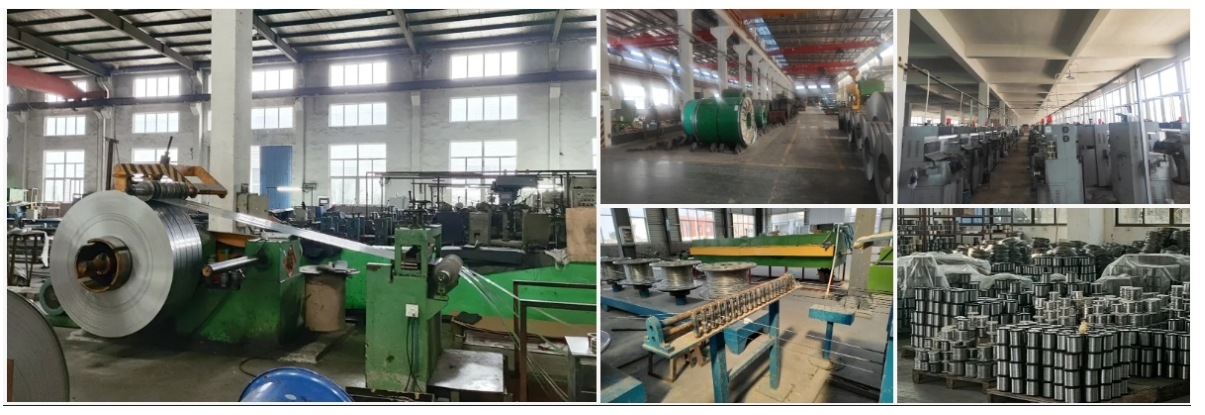
Client Visits
Building Stronger Partnerships
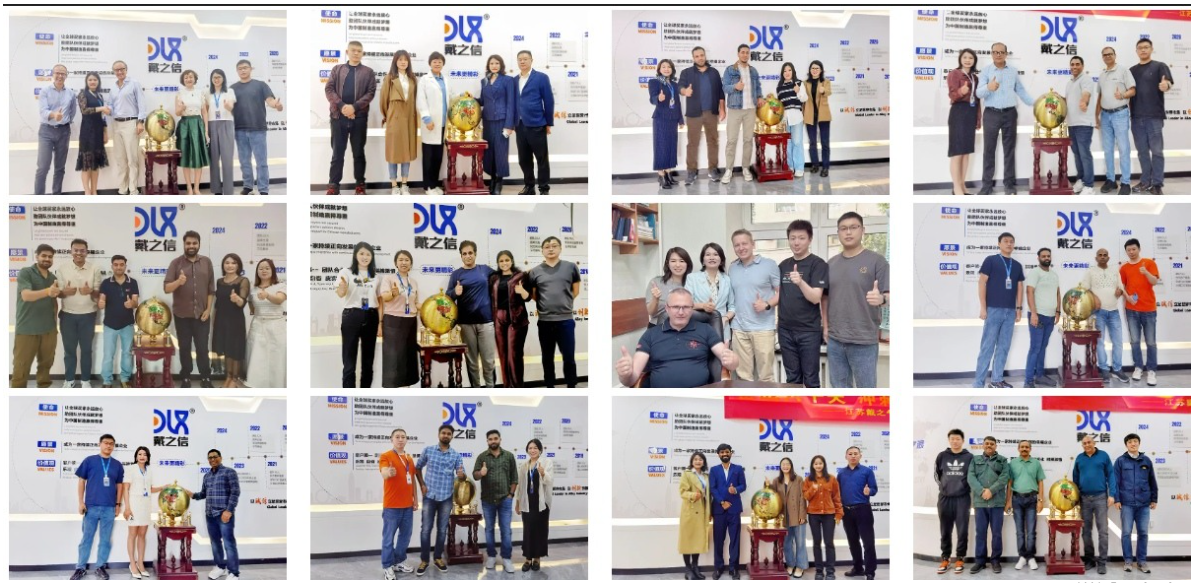
We support all kinds of testing:

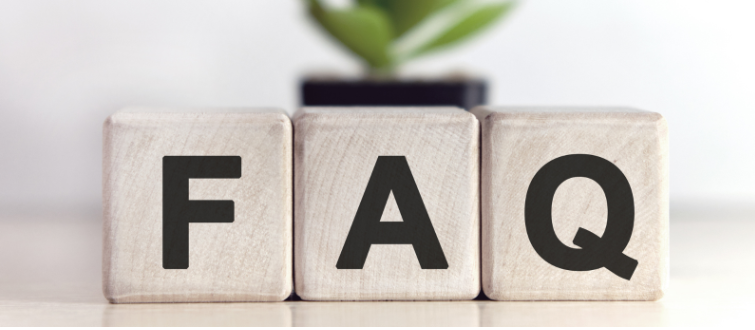
FAQs
-
What is ASTM B684 compliant platinum tungsten wire made of?
It’s a high-purity alloy of platinum (typically 90-95%) and tungsten (5-10%), meeting ASTM B684 standards for electrical applications. -
What are the key properties of platinum tungsten wire?
It offers excellent electrical conductivity, high melting point (around 1770°C), superior corrosion resistance, and durability under high temperatures. -
What are the main applications for this wire in electrical contacts?
It’s used in spark plugs, circuit breakers, and relay contacts for its reliability in high-current and high-temperature environments. -
How does platinum tungsten wire perform in corrosive conditions?
It resists oxidation, chemical attack, and arc erosion, ensuring long-term performance in harsh electrical systems. -
What industry trends are driving demand for platinum tungsten wire?
Growth in electric vehicles, renewable energy systems, and advanced electronics is increasing the need for reliable electrical contact materials. -
Is platinum tungsten wire suitable for high-frequency applications?
Yes, its low contact resistance and high thermal stability make it ideal for high-frequency circuits and switching devices. -
How is platinum tungsten wire processed for specific needs?
It can be drawn to precise diameters, annealed for flexibility, or coated for enhanced performance, tailored to custom electrical specs. -
What makes platinum tungsten wire better than pure platinum for contacts?
The tungsten addition boosts hardness and wear resistance while maintaining platinum’s excellent conductivity and corrosion resistance.
